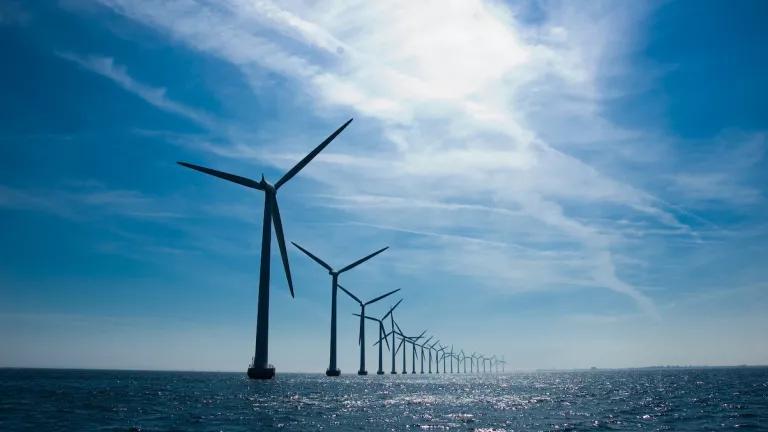Because of its many environmental benefits, the Cape Wind offshore wind power project in Nantucket Sound has won NRDC’s and many other national, regional and local environmental groups’ longstanding support. That project is cleared for take off and can create 420 megawatts of clean, renewable energy, jumpstarting the country’s nascent offshore wind industry.
But the Alliance to Protect Nantucket Sound, a single-issue Cape Wind opposition group that has filed some 13 obstructionist lawsuits against the project over the last 11 years is trying, through its press releases, to claim the green mantle now. The Alliance announced recently that it had filed a brief in one of its long-pending federal lawsuits to stop the project.
Usually, filing a brief is not news. But perhaps in response to a new website detailing the Alliance’s strong ties to the dirty energy industry, the Alliance this week decided to spin their two-year-old case as an “eco-lawsuit.”
There’s a rich irony there. In fact, if you’re interested in protecting Nantucket Sound, you should join NRDC, and many of our national, regional and Massachusetts allies in supporting Cape Wind. So sure are we about these clean air and public health benefits that NRDC, New England’s Conservation Law Foundation, and Mass Audubon, the Massachusetts group dedicated protecting birds and wildlife, applied for and were granted “friend of the court” status in the litigation so that we can defend Cape Wind. We’ll be filing our own brief in December.
Let’s be clear about the project’s many environmental highlights. The most important is this: the Cape Wind project can meet 75 percent of electricity demand for Cape Cod and the islands of Martha’s Vineyard and Nantucket with clean, renewable power, cutting more than 130,000 cars-worth of air- and global-warming pollution. That pollution contributes not only to increasingly extreme weather in New England and the rest of the country, but also to problems such as ocean acidification and rising sea levels. These put at risk the Cape’s many birds, land animals, and ocean creatures. As Mass Audubon has written in support of Cape Wind: “Rising sea levels and severe coastal storms related to the earth’s warming flood low-lying barrier beaches and islands that serve as critical habitat for coastal birds including the federally endangered roseate tern and the federally threatened piping plover.”
Those concerned about the health of Nantucket Sound and its animal and marine inhabitants should know that the project has been held to the highest environmental standards. NRDC has participated in the federal environmental review of Cape Wind, analyzing documents and submitting extensive comments. (We’re no slouches in the wildlife protection department.) Moreover, the project has passed with flying colors environmental reviews from a host of government agencies, including the Army Corps of Engineers, the Bureau of Ocean Energy Management, and the Massachusetts Energy Facilities Siting Board.
Here’s another of the project’s environmental benefits, one that doubles as a jobs program: Cape Wind can ignite the nation’s expectant offshore wind industry. That industry can provide emissions-free energy, stable prices and good-paying jobs. (Cape Wind alone is projected to create between 600 and 1000 construction jobs and 150 permanent positions.)
We respect the right of others to hold different positions on this issue but all parties need to be forthright about their motivations. We also agree with the Alliance that Nantucket Sound is a national treasure worthy of our protection. Indeed, that’s the very reason why NRDC and Massachusetts environmental groups support Cape Wind. It will help protect Nantucket Sound from the disaster of global warming.




